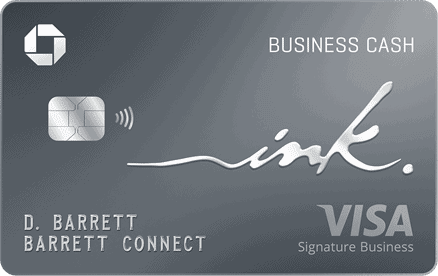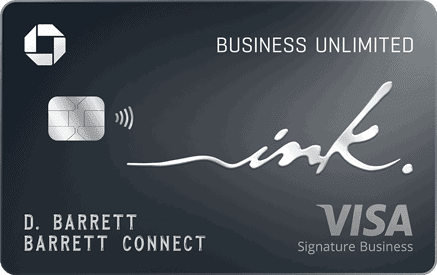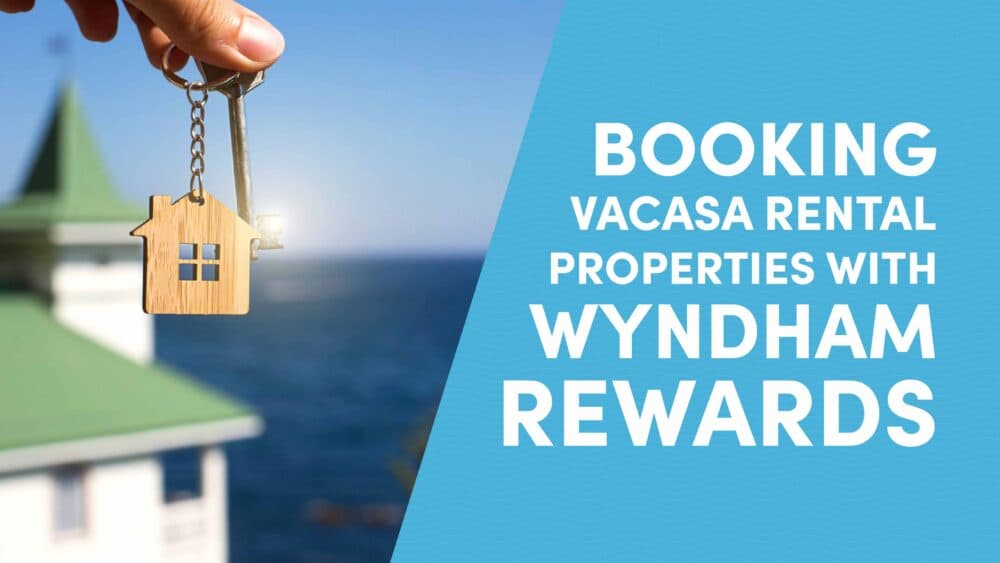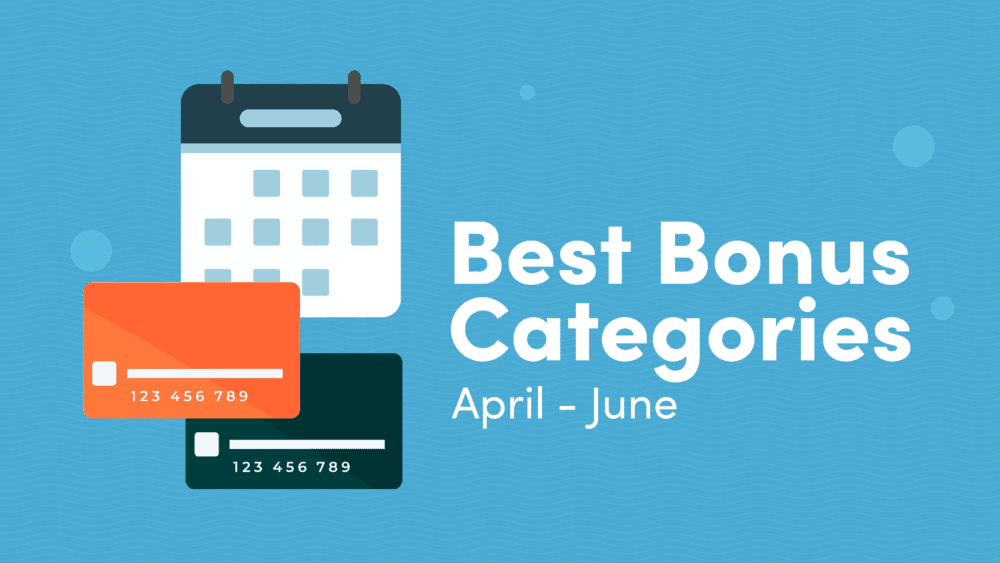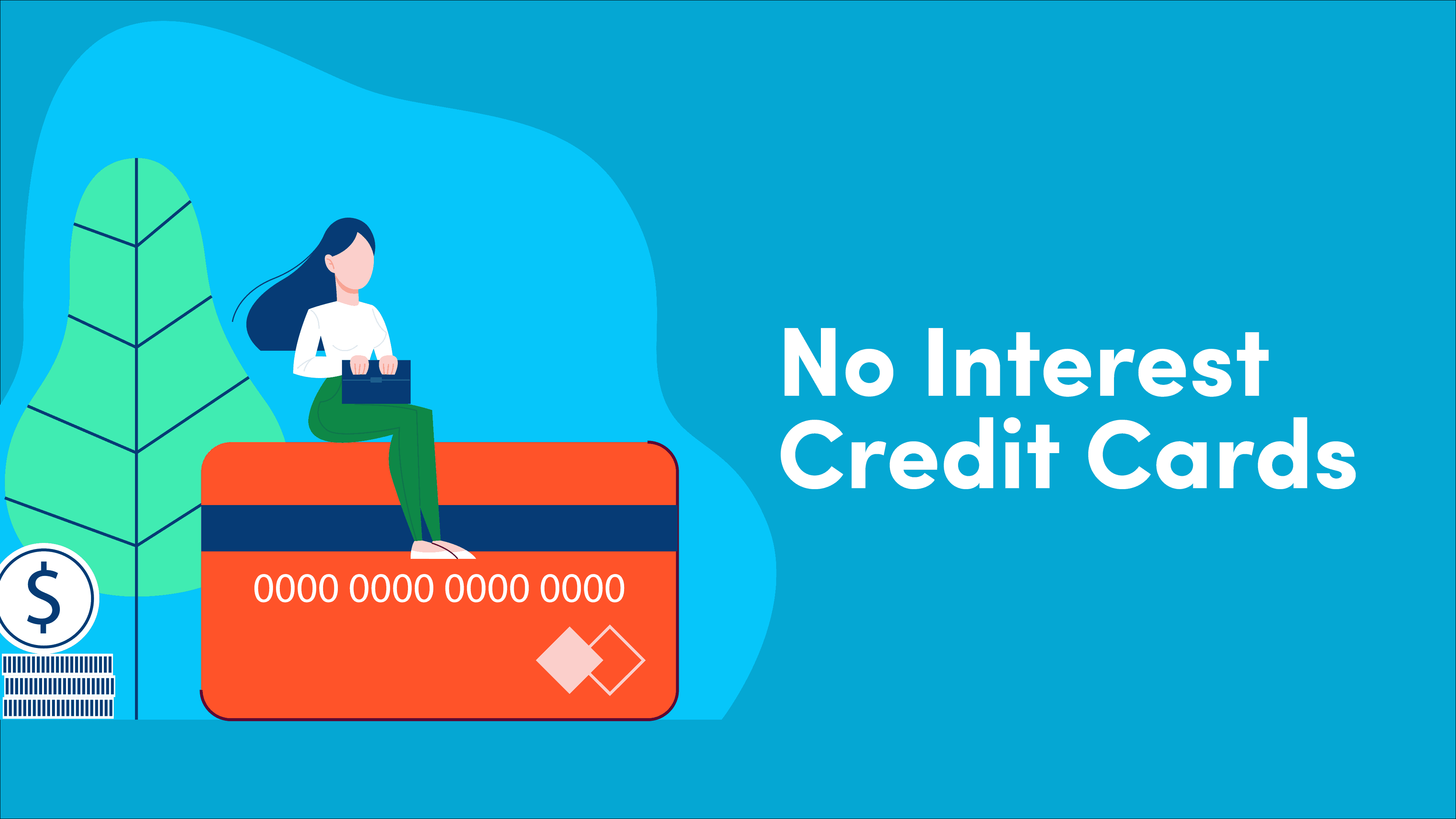
10xTravel is part of an affiliate sales network and receives compensation for sending traffic to partner sites, such as CreditCards.com. This compensation may impact how and where links appear on this site. This site does not include all financial companies or all available financial offers. Terms apply to American Express benefits and offers. Enrollment may be required for select American Express benefits and offers. Visit americanexpress.com to learn more.
Note: Some of the offers mentioned below may have changed or may no longer be available. The content on this page is accurate as of the posting date; however, some of our partner offers may have expired. You can view current offers here.
The first step to starting the points and miles hobby is to ensure you have no credit card debt and you have a suitable credit score to get approved for new credit cards. A no-interest credit card offer can help you accomplish both of these goals by helping you pay off debt faster and establish credit before you dive head first into rewards cards.
If you already don’t carry any credit card debt, 0% interest cards can still be a helpful tool for managing your cash flow, taking advantage of business opportunities or boosting your credit score.
Let’s dig into the world of zero-interest credit card offers and look at the best 0% APR cards on the market today.
How do 0% Interest Credit Card Offers Work?
Your mailbox is probably full of offers from banks and credit card companies inviting you to apply for a credit card with 0% APR. But how can a credit card company make money if they are not charging interest?
The first thing to note about these no-interest offers is that the attractive rate doesn’t last forever.
The 0% APR is introductory, meaning it will only last the first nine to 21 months since the account opening. After the promotional period is over, the rate will increase to the standard card rate for the remaining balance and all subsequent purchases on the card. This APR can vary substantially based on your credit score and the standard rate ranges of each card.
Secondly, even if you pay off the entire card balance before the introductory period has expired, the bank hasn’t lost. No-interest credit cards usually charge a fee for transferring a balance from your current card to the new card.
This fee ranges from 2% to 5% of the total transferred balance and serves as revenue for the credit card company. We’ll talk about a couple of strategies to help reduce or avoid this fee altogether.
If you don’t use a balance transfer offer and instead use the 0% APR for everyday purchases, the credit card company makes an interchange fee on every purchase, just like it would on your travel or rewards cards.
What to Look for in a 0% APR Credit Card Offer
There are several moving parts to each 0% credit card offer. Like points and miles credit cards, not all offers are created equal. You have to do a little math and detective work to decipher the best offer for you. Let’s look at the different components to consider for each offer.
Balance Transfer Fee
Nobody likes paying fees. But because banks market these cards as zero interest, the fee is easy to overlook. Simply looking for the lowest fee may not be your best bet. Using a little Finance 101 can help us compare offers.
Divide the balance transfer fee expressed as a percentage by the number of months in the introductory period and multiply the quotient by 12. This will give you the annual percentage rate of the balance transfer offer, assuming you pay off the full balance before the introductory period ends.
(Balance transfer fee / number of months in introductory period) x 12 = APR of balance transfer period.
Using this formula will help you compare offers that vary in months and balance transfer fees.
Keep in mind that if you intend to use your card for purchases as opposed to a balance transfer, the size of the fee is irrelevant to you.
Length of Introductory Period
The more time you have to pay back the balance without incurring interest the better. This is the most important factor for any 0% APR offer regardless of how you use it.
The more time you have to pay without interest the better, so a longer introductory period may be worth a higher convenience fee. Using the formula above, you can determine the premium you might pay for the extra months. A higher fee for more months might make sense for you.
Interest Rate After the Introductory Period
If your goal is to pay off a debt or purchase that you might not pay off before the introductory period is over, the interest rate after that period is crucial. This is known as the “standard rate” of the card and is normally expressed as a range. For instance, APR of 16% to 22%.
It wouldn’t make sense for you to transfer a balance from a low interest card to one with no interest for a few months but end up with a higher interest after the promotional period is over.
For example, you have a balance on a credit card at 9% APR. You wouldn’t want to move the full balance onto a card at zero interest for 12 months and have that rate go to 18% permanently in month 13.
If you can’t find a card with a standard rate lower than the rate on your current card with a balance, make sure you only transfer what you plan on paying off during the introductory period.
You won’t know your standard rate until after approval. This is why waiting until after approval is crucial before moving any balance.
Convenience Checks
If you need to use the 0% APR offer in some unconventional ways, such as paying off non-credit card debt or paying a vendor that doesn’t accept credit cards, then you’ll need to select a card that offers convenience checks.
A convenience check is a literal paper check that utilizes the credit line as the payor account. Simply write a check to yourself and deposit it into your bank account and you will convert the credit card balance of the transaction (plus the fee) into cash in your account that you can use as you wish.
It is not always apparent whether or not this is an option for a particular card, and some cards have restrictions that only allow these checks to be used for balance transfers. However, this is difficult for the bank to enforce.
My personal experience is that most credit cards offer convenience checks in the original welcome packet, but getting subsequent checks can be a challenge.

Why Would You Want a 0% Interest Credit Card Offer?
There are several reasons you might want to utilize a 0% interest credit card offer. You may be trying to pay off debt, pay for a large purchase over time or need extra cash for an investment or project for which you are unable to secure a traditional loan. You should determine the best offer for you by lining up the benefits of each card to your purpose for the card in the first place.
Paying Off Debt
If your goal is to pay off debt, you’ll likely utilize the balance transfer feature of the credit card.
The process for this is fairly simple. Upon approval, contact your new credit card company or go online to transfer some or all of the balance from a current credit card onto the new line of credit.
Once completed, you’ll see the payment or payoff made on your old account and the transferred balance plus a transfer fee on the new account.
During your application process, you will have the option to include balance transfer information, and the card company will automatically transfer the balance for you upon approval.
We don’t recommend doing that as you can’t be sure of the line of credit the bank will approve and you might not want to transfer a partial balance. If you transfer a partial balance, this could increase your total monthly payments because you will have multiple minimum payments instead of just one.
If your goal is to pay off non-credit-card-related debt, there are two ways you can do this with a 0% APR credit card offer.
First, simply charge all of your monthly purchases on the new card, assuming you applied for a card that offers no interest on all purchases. Make minimum payments on the new 0% APR card and maximum payments on the old card until it is paid in full.
This strategy will help you avoid the balance transfer fee altogether as you are not transferring a balance, but instead are simply paying one balance off while accruing a new one with more attractive terms.
Depending on your spending habits and credit line amount, completing a “transfer” could take several months, which can negate some of the advantages of the card.
The second option is to utilize a convenience check from the credit card company in a specific way.
Many places do not accept convenience checks as a form of payment. If this is the case, you’re not out of luck. You can use the convenience check to pay off your balance by following these steps:
- Make out the convenience check to yourself.
- Deposit the check into your checking account.
- Use the balance in your checking account to pay the company.
- The amount of the convenience check (plus applicable fees) will now show on your new credit card statement.

Paying for a Large Purchase
Utilizing 0% APR credit card offers for a large purchase is fairly straightforward. Use your card to complete the purchase, and every payment you make towards the card will reduce the balance during the introductory period.
It’s best practice to calculate your monthly payment by dividing the total purchase by the number of months left in the introductory period. This way you can ensure maximum advantage of the no-interest offer without paying extra.
For instance, if you are installing a $10,000 HVAC unit in your home, and have an 18-month zero-interest period, you have to make 18 monthly payments of $556 to pay $0 in interest on the purchase ($10,000 / 18 months).
If the vendor you are using does not accept credit cards, you can utilize the convenience check method as described previously. Just know that you will pay a balance transfer fee.
Taking Advantage of an Opportunity
Opening 0% APR credit cards is not just for people without cash in hand. These offers allow the opportunity to utilize leverage in a quickly approved, non-collateralized loan at a low interest rate.
Using a convenience check or credit card to complete the purchase of a vehicle, business equipment or even a house can secure a short-term loan at almost no interest.
Taking advantage of this method to pay for an opportunity or an emergency can also keep your investment assets earning so you don’t miss out on the potential gains in that account. Instead of making a withdrawal from an investment account, you can use the credit card balance to complete your purchase and float your debt until you can secure a more favorable long-term debt structure.

Tricks and Traps to Avoid
There are a couple of things you want to make sure you don’t do when using a 0% APR credit card. When moving debt around, you always want to take a second to think the whole process out fully.
- Don’t balance transfer AND spend on the card: You need to pick one or the other. If you transfer a balance, most cards will charge interest on all of your purchases at the standard APR rate, unless you pay off the entire balance, including the balance transfer, at the end of the statement cycle. Because the whole point of transferring the balance was to pay it off over time, you’ll want to do your day-to-day spending on a separate card and pay it off every month.
- Don’t request a balance transfer on an application: To reiterate, you want to know what you are getting into before you get into it. If you request a balance transfer when you apply for your no-interest card, the issuing bank may not approve you for enough credit to cover the entire balance. You may also change your mind on how you plan to structure the debt. Get approved for the card first and then process any balance transfers.
- Don’t cancel the old card: Leave the previous card open if possible. It’s likely this card is an older card on your credit report, and closing the card can damage both your credit utilization rate and your average length of accounts, both of which affect your credit score.
- Watch out for recaptured interest: These are becoming rarer, but if you don’t pay off the balance in full by the end of the introductory period on some cards, interest is then recaluclated retroactively and charged for the entire period. Make sure the offer says something along the lines of “and then X% APR after the introductory period” without language specifying that you must pay the whole balance off to get the introductory rate.
- Be aware of your 5/24 status: Remember that even though you may not be earning bonuses from these cards, they still count against your 5/24 status.
Top 0% APR Credit Card Offers
Once you’ve decided why and how you are going to use a zero-interest credit card offer, it’s time to look at the current offers on the market.
Let’s look at the best offers for each 0% APR credit card strategy.
Best Balance Transfer Card
The Citi® Double Cash Card offers a generous introductory APR on purchases with an industry low 3% fee balance transfer fee. This equates to a balance transfer APR of approximately 2%. Transfers must happen in the first four months or else the fee jumps to 5%.
Honorable mention goes to the Citi® Diamond Preferred® Card with a generous and lengthy introductory period that is one of the longest offers on the market. However, its balance transfer fee gives it a higher balance transfer rate, making it a more expensive option than the Citi Double Cash.
You have to decide for yourself if the extra fee is worth the three extra months on the interest-free period.
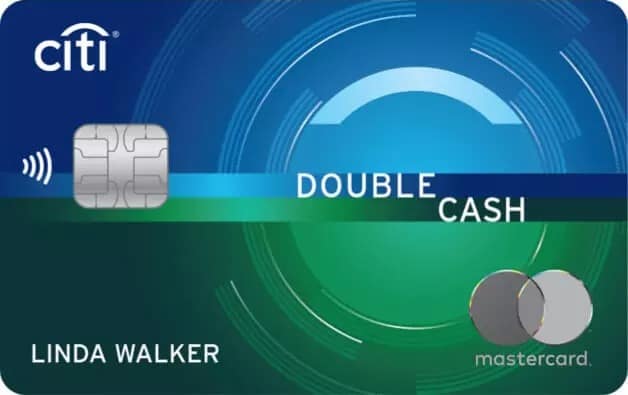
Citi Double Cash® Card
$200
cash back
after you spend $1,500 on purchases in the first 6 months of account opening. This bonus offer will be fulfilled as 20,000 ThankYou® Points, which can be redeemed for $200 cash back.
Best Large Purchase Card
The BankAmericard credit card offers a generous introductory APR offer on all purchases that is worth looking into. You can find the specifics of this card offer by visiting their website.
Best Opportunity Card
The Chase Ink® Business Cash Credit Card is a great card for taking advantage of opportunities. Because it’s a business card, it won’t affect your 5/24 status, and the debt won’t show on your personal credit report. Also, you’ll have a generous introductory APR period, while also earning a generous welcome offer.
If you’re looking for fast cash, we recommend the Citi Double Cash or the Citi Diamond Preferred mentioned above.
Chase Ink Business Cash® Credit Card
Earn $350
bonus cash back when you spend $3,000 on purchases
in the first three months and additional $400 when you spend $6,000 on purchases in the first six months after account opening
Final Thoughts
Although we are all about the points and miles at 10xTravel, there are plenty of reasons you might want to take advantage of a 0% APR credit card offer.
From paying for a large purchase over time to paying down debt or taking advantage of a lucrative opportunity, a zero-interest credit card offer can come in handy.
Make sure you know how you’re going to use the card before you choose the offer that is best for you and avoid the traps that can negate the benefits of the card.
If you’re trying to repair your credit or get out of debt and having trouble, download our free guide to repairing credit.
New to the world of points and miles? The Chase Sapphire Preferred® Card is the best card to start with.
With a bonus of 75,000 bonus points after you spend $5,000 on purchases in the first 3 months from account opening. , 5x points on travel booked through Chase Travel℠ and 3x points on restaurants, streaming services, and online groceries (excluding Target, Walmart, and wholesale clubs), this card truly cannot be beat for getting started!
Editors Note: Opinions expressed here are author’s alone, not those of any bank, credit card issuer, hotel, airline, or other entity. This content has not been reviewed, approved or otherwise endorsed by any of the entities included within the post.



